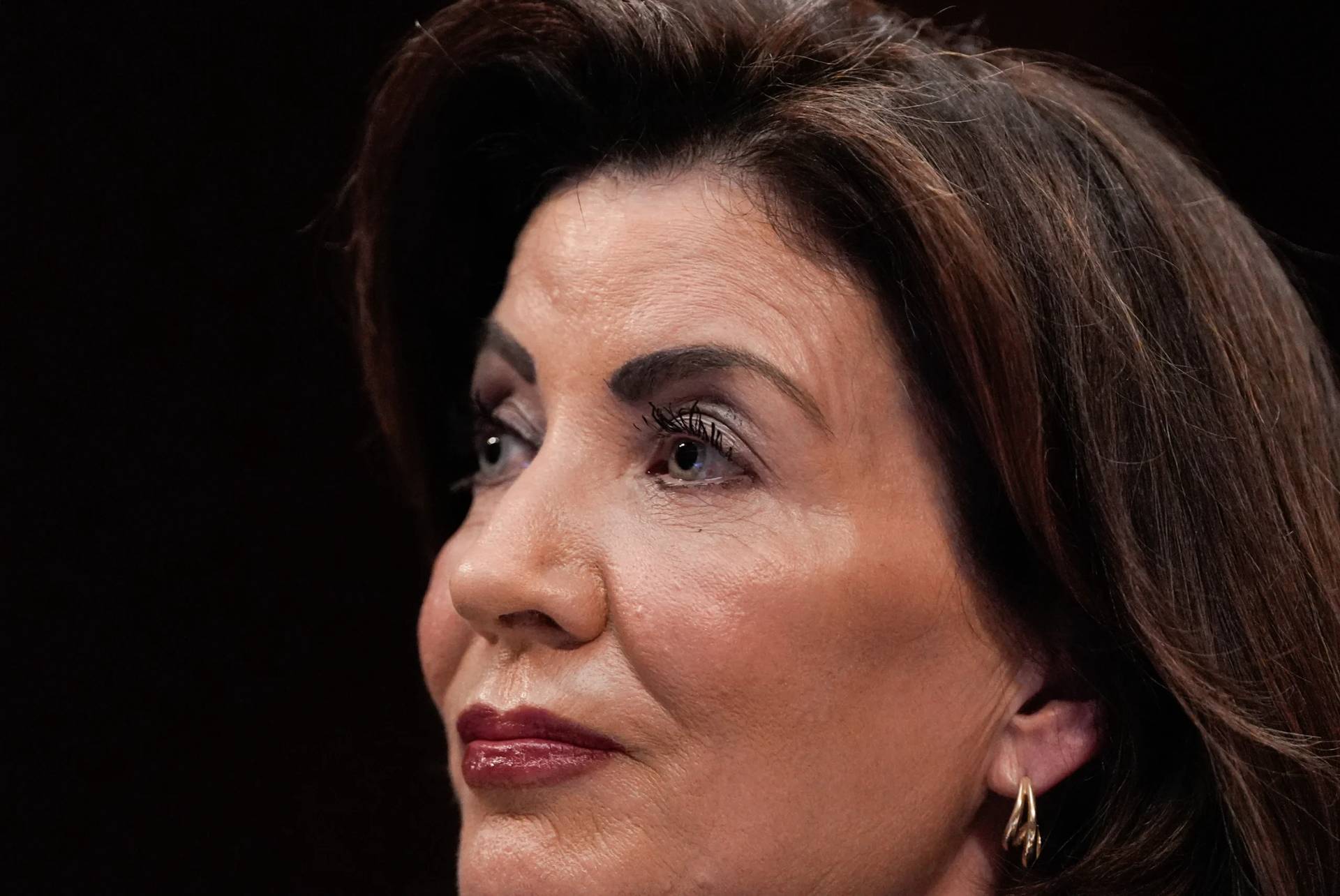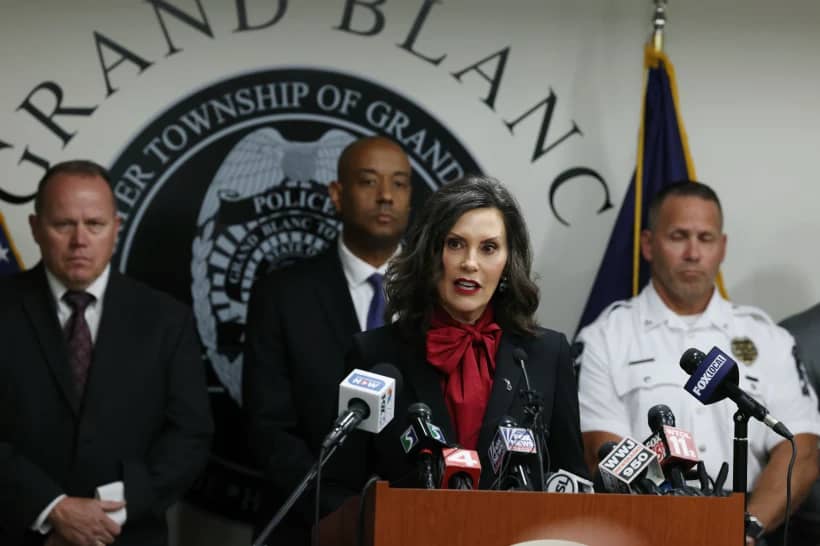RIO DE JANEIRO — When the Archbishop of the Brazilian city of Manaus Leonardo Steiner kneels before Pope Francis on August 27, the Brazilian clergyman will make history as the first cardinal to come from the Amazon region.
“The communities feel that the distance between Rome and the Amazon is now smaller,” Steiner told The Associated Press in a written interview. “Perhaps this is the reason for the Amazonian people’s joy with Pope Francis’ move.”
Steiner attributed his selection to four priorities of the pope: The desire to do more missionary work in the Amazon and to be attentive to the poor; to care for the Amazon “as our common home” and to be a Church that “knows how to contribute to the autonomy of Indigenous people.”
Sprawling across nine countries, the Amazon region is larger than the European Union. It is home to 34 million people, of whom more than three million are Indigenous, belonging to around 400 ethnic groups, according to the Catholic Church.
There is a religious lens through which to see the acute environmental struggles playing out in the region as well: The Catholic Church’s socio-environmental agenda is a contentious issue with numerous Brazilian Pentecostal churches. These have a powerful caucus in Brazil’s parliament and have embraced the pro-agrobusiness beef caucus in Congress. Both Pentecostals and cattle industry advocates belong to far-right President Jair Bolsonaro’s political base.
Cardinals are the most senior clergy below the pope. Often called “red hats” because of the color of their skullcaps, they serve as papal advisors. More important, together they select each pope, the leader of the world’s 1.3 billion Catholics.
For observers of the church, it will come as no surprise that Francis has finally named an Amazonian cardinal, given the importance the region has had for his papacy and the attention he has shown it.
Pope Francis’s environmental awakening
Francis was first moved by the plight of the vast Amazon basin in 2007, during the Episcopal Council of Latin American Bishops Conference, according to the Brazilian priest and historian José Oscar Beozzo. Francis was at that time the archbishop of Buenos Aires, and helped write the official account of the conference. The final text advocates for the preservation of both the Amazon and Antarctica.
Francis then dedicated an entire synod, or meeting, of bishops from the region in 2019. In his environmental awakening, crystallized in his 2015 encyclical Laudato Si’, he advocates for the preservation of the region’s biodiversity and portrays Indigenous peoples as forest guardians. In 2018, he also visited Madre de Dios, a region in the Peruvian Amazon devastated by illegal mining and logging.
The pope made Steiner archbishop of Manaus just after the Amazon synod ended, tapping a Franciscan who clearly shares the same ethos and ideology as the pope’s namesake, St. Francis. The pope may have noticed Steiner because he had a prominent position in the Brazilian bishops’ conference and was acting as its secretary-general from 2011-2019. He also has serious Roman credentials, having served as the secretary general of the Franciscans’ Pontifical Antonianum University in Rome, one of the major pontifical universities.
Catholic bishops from Amazon region meet in Rome
The Amazon synod was also notable for the theft of three Indigenous statues featuring a naked pregnant woman, that were part of a procession in the Vatican at the start of the meeting. Conservative critics had blasted the synod’s “pagan” prayers and idolatry, and early one morning, thieves entered a Vatican-area church where the statues were displayed and tossed them into the Tiber River.
Francis publicly apologized to the Indigenous leaders present for the theft, and the statues were dredged from the river in time for the end of the meeting. One was placed prominently on display in the synod hall as the synod fathers voted on the final recommendations.
The main thief, an Austrian far-right activist Alexander Tschugguel, went on to become something of a celebrity within the traditionalist opposition to Francis because of the stunt. In the years since, the stunt itself has come to crystalize the loathing that conservatives and traditionalists have for this pope, where even crimes are justified to save the faithful from his “heresy.”
The Catholic Church and the Amazon rainforest
The Catholic Church’s relationship with the Amazon began in 1617 when Franciscan missionaries arrived in the coastal region of Belem. Their opposition to the enslavement of Indigenous peoples strained the relationship with Portuguese authorities, who expelled Catholic missionaries from the region on three occasions, last in 1759.
In the beginning, Catholic denominations required missionaries to learn Indigenous languages to work in the Amazon and spread Christianity. Jesuit priests went as far as creating Nheengatu, a language based on the Tupi Indigenous language adapted with Portuguese words and grammar. For a time it became the most common language in the Amazon and remains spoken in some regions.
For Beozzo, the historian, Pope Francis is promoting a kind of “patriarchate” in the Amazon, similar to the five patriarchates in places such as Jerusalem and Constantinople during the early Middle Ages, an effort to elevate the status of the Amazon within the Catholic structure.
The synod, the creation in 2020 of the Ecclesial Conference of the Amazon Region and now Steiner’s elevation are all part of Francis’s goal of placing the world’s largest rainforest center stage, Beozzo said.
“His choice begins a very important moment of considering the Amazon as a region with its own church dynamics, one which welcomes the prominence of the region’s Indigenous peoples.”
Steiner, 71, is one of 21 new Cardinals announced by Pope Francis in late May. They include Giorgio Marengo, who has been the apostolic prefect of Ulaanbaatar, Mongolia, Robert McElroy, bishop of San Diego and Peter Okpaleke, bishop of Ekwulobia, Nigeria.
Winfield reported from Rome.














